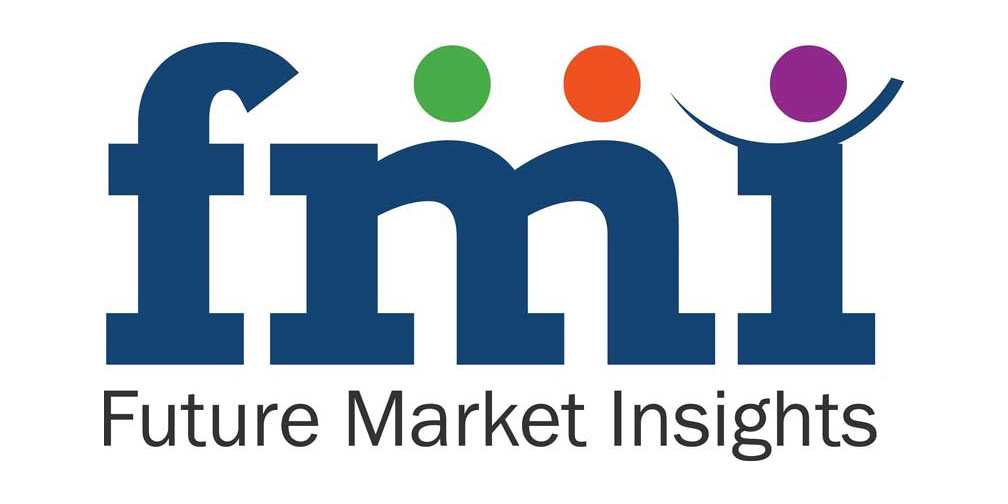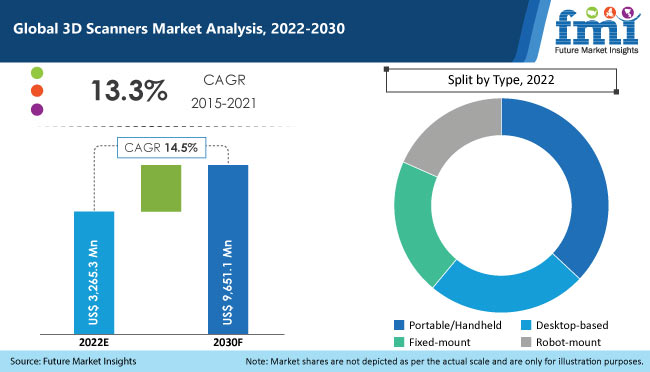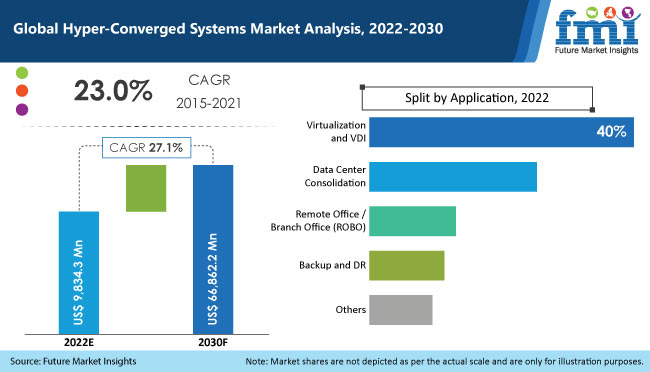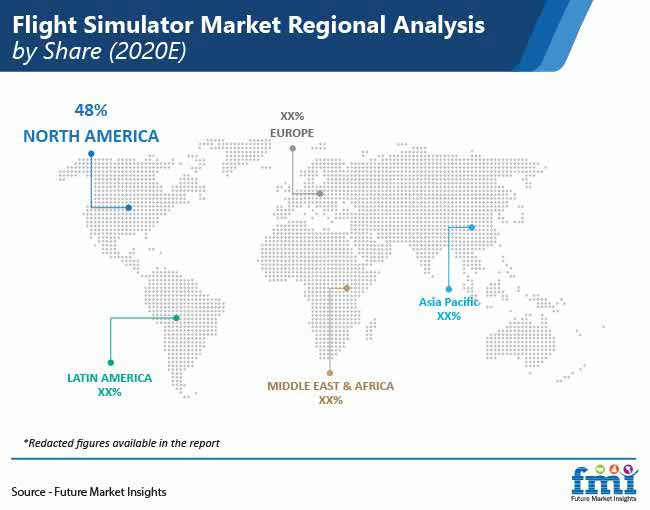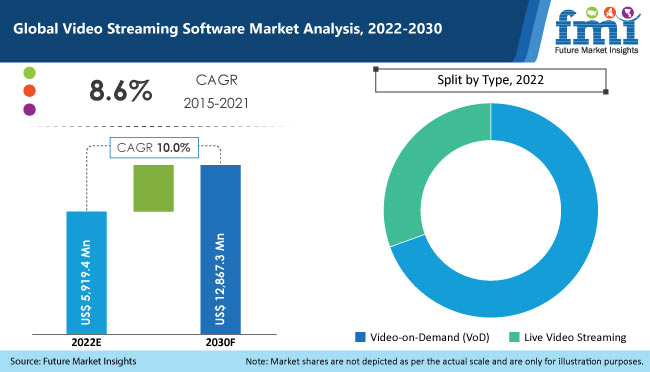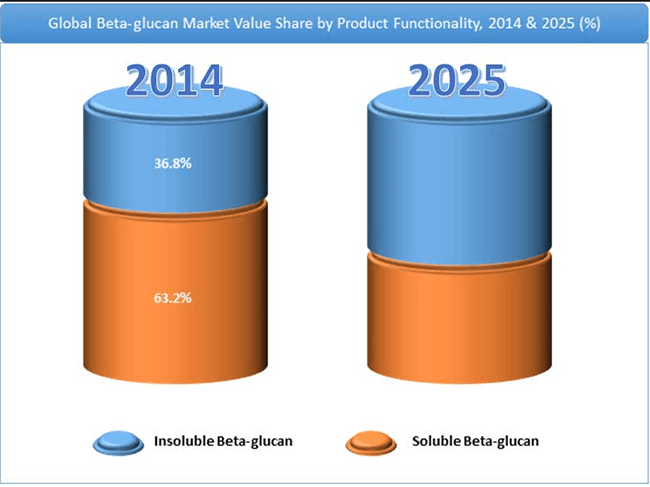The blockchain technology market is predicted to surge at 43.5% CAGR through 2030, reaching US$ 59.5 Bn in valuation, up from just US$ 3.31 Bn in 2022.
Assets can be intangible, such as copyrights and patents, or they can be tangible, such as cash or homes. Blockchain technology is constituted of ordered records distributed in a block structure. Every data block contains a hash of unique identifiers like digital fingerprint, time stamped batches of transactions, and a hash of previous block.
Request a Sample of this Report: https://www.futuremarketinsights.com/reports/sample/rep-gb-2413
In this design, each block is connected in a chronological order. The interconnected blocks constitute a blockchain. Practically, it is not possible to change or modify any block in the middle of the chain. This is because all the blocks located after the modified block are required to be modified at the same instant.
Blockchain mechanism makes information immutable on the network. The capability of blockchain technology, to accommodate immutability of data, will motivate end users to accelerate adoption over the forecast period.
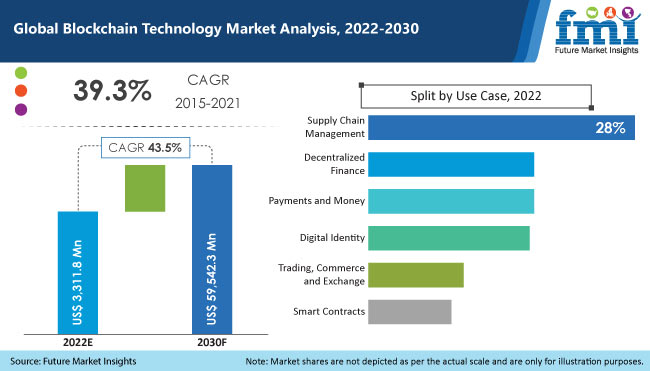
Key Takeaways of Blockchain Technology Market Study
- Blockchain platforms will offer the most lucrative opportunities for revenue generation, among all the blockchain technology-based solutions
- Blockchain-based supply chain management is the primary use case in the global market, followed by decentralized finance
- Large enterprises will continue being the primary contributors to the growth of the blockchain technology market on a global scale
- BFSI industry is the primary contributor to market growth with transportation and logistics industries following suit
“Blockchain infrastructure setup demands inherent complexities. Since the technology has not achieved commercialization on a global level, the demand for middleware solutions for integration, analytics and correlation, along with governance and security, is likely to rise among technology procurers,” says the FMI analyst.
Ask An Analyst @ https://www.futuremarketinsights.com/ask-the-analyst/rep-gb-2413
Competition Landscape of Blockchain Technology Market
As the technology is lagging behind in global diffusion, blockchain technology start-ups are striving to develop long-term partnerships with blockchain technology integrators. The move comes in order to ensure steady revenue generation during the forecast period.
Start-ups are partnering up with artificial intelligence (AI) based technology developers in order to market comprehensive solutions for decentralized financial applications. Market leaders such as Bitfury Group Limited are focusing on expanding their blockchain portfolio to include hardware solutions that enable end users to transfer or share assets swiftly and securely over a blockchain-based network.
Other blockchain technology market participants, such as Cegeka, are innovating their existing blockchain solutions to maximize business impact. These players are developing scalable blockchain solutions that include highly desirable capabilities marketed at competitive rates.
More Valuable Insights on Blockchain Technology Market
FMI’s research on the blockchain technology market is segmented into four major segments. By solution, the global blockchain technology market is segmented into applications, middleware and blockchain platforms.
With respect to use case, the global blockchain technology market is segregated into supply chain management, digital identity, payments and money, trading, commerce and exchange, smart contracts, and decentralized finance. With regards to enterprise size, the global blockchain technology market has been segmented into large enterprises, and small and medium-sized enterprises (SMEs).
On the basis of industry, the global blockchain technology market is segmented into BFSI, healthcare, retail and e-commerce, hospitality and travel, government, media and entertainment, and transportation and logistics, among others. The extensive segregation of the market helps readers evaluate lucrative opportunities in the global blockchain technology market.
Contact Sales for Further Assistance in Purchasing this Report@ https://www.futuremarketinsights.com/checkout/2413
Contact Us:
Future Market Insights
Unit No: AU-01-H Gold Tower (AU), Plot No: JLT-PH1-I3A,
Jumeirah Lakes Towers, Dubai,
United Arab Emirates
For Sales Enquiries: sales@futuremarketinsights.com
For Media Enquiries: press@futuremarketinsights.com
Website: https://www.futuremarketinsights.com
